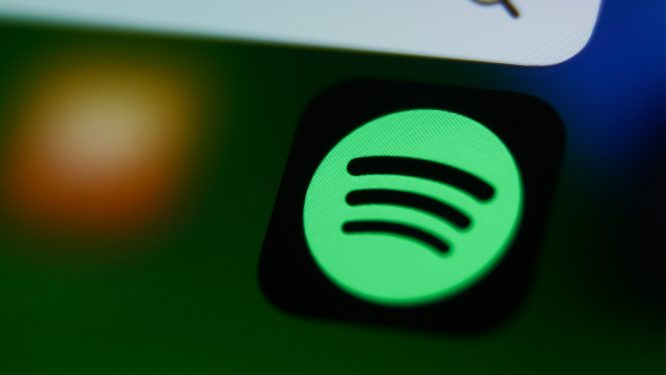Spotify has experimented with various voice interfaces in the past. More recently, the company introduced an AI DJ feature that recommends music tailored to user preferences and allows listeners to make personalized requests. During Spotify’s second-quarter earnings call, executives hinted that advances in generative AI could lead to a more conversational interface with the streaming service in the future.
When asked about AI’s impact on the business, Spotify’s Chief Product and Technology Officer, Gustav Söderström, explained that users can now interact with Spotify using natural language to request music. This interaction provides the company with valuable data, helping it understand how specific phrases correlate with certain songs.
Söderström described this as a new dataset for Spotify, complementing the existing playlist data that tracks song-to-song connections. He emphasized that the voice interface offers fresh insights, calling it a highly valuable dataset that is growing rapidly. As a result, Spotify’s user experience is expected to become more interactive, with expanded conversational capabilities.
Beyond predicting user preferences for music, podcasts, or audiobooks, AI advancements could enable Spotify to “reason” over a user’s listening history and interactions with the AI DJ. This suggests the company is exploring AI reasoning models capable of handling more complex, multi-step tasks.
The voice data fueling these developments comes from Spotify’s AI DJ feature, which launched in May 2025. Premium subscribers can use voice commands to adjust playlists by changing the music, genre, or mood with a simple button press in the app.
AI isn’t just enhancing consumer features—Spotify is also using generative AI internally to speed up product prototyping and improve efficiency in areas like finance.
Despite these innovations, Spotify faced challenges in its second quarter. The company reported 276 million paying subscribers, a 12% year-over-year increase, and 696 million monthly active users. However, it missed revenue targets and posted a loss, leading to a 10% stock drop. CEO Daniel Ek expressed dissatisfaction with the performance of the ads business, contributing to investor concerns.

